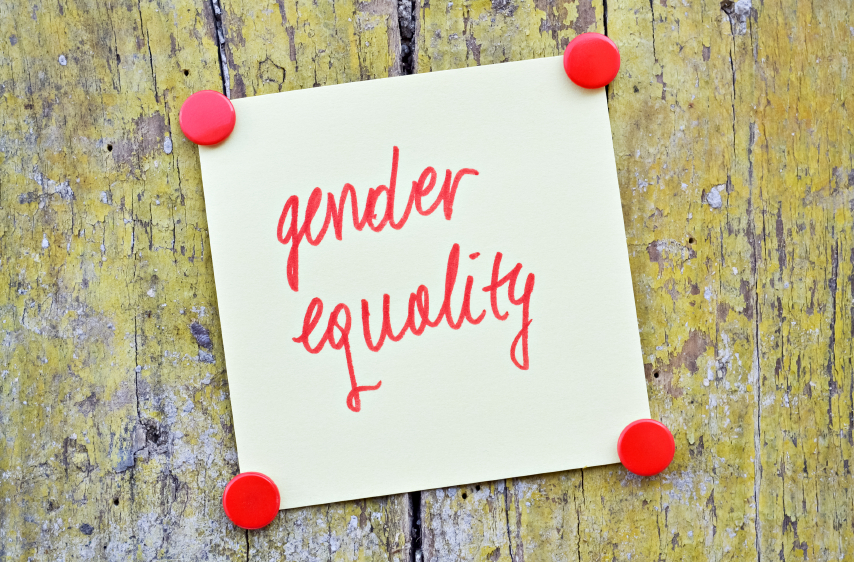By Joan Farrell, JD, Senior Legal Editor at BLR®
Today we’ll hear from Joan Farrell, JD, senior legal editor, concerning the complex and often changing laws involving gender identity and sexual orientation discrimination.
 |
In New York City, as in many large cities and several states, employers are prohibited from discriminating on the basis of gender identity. The New York City Commission on Human Rights recently issued new gender identity enforcement guidance that contains definitions of relevant terms along with examples of employer actions that violate the city’s law.
That kind of information can be helpful to employers looking to include gender identity in their antidiscrimination policies. Some employers opt to include sexual orientation and gender identity in their policies even when not required under state law or local ordinance.
Policies supporting diversity in the workplace go hand-in-hand with creating equal employment opportunities, and many employers have found benefits from the diverse perspectives and working styles brought to the workplace from employees with different backgrounds and experiences.
Employers may also be interested in adding gender identity to their policies because the Equal Employment Opportunity Commission (EEOC) has taken the position that discrimination based on gender identity is a violation of Title VII of the federal Civil Rights Act of 1964 (Title VII). Title VII does not expressly prohibit gender identity discrimination, but the EEOC asserts that discrimination based on gender identity is unlawful sex discrimination.
So, for employers considering a gender identity policy (and/or looking to include gender identity information in existing policies or harassment prevention training), the following information from the New York City Commission on Human Rights may be helpful:
Definitions
The guidance includes definitions of some basic terms that employers can use in policies and training programs, including:
- Gender identity: One’s internal, deeply-held sense of one’s gender, which may be the same or different from one’s sex assigned at birth. One’s gender identity may be male, female, neither, or both (e.g., nonbinary). Everyone has a gender identity. Gender identity is distinct from sexual orientation.
- Gender expression: The representation of gender as expressed through, for example, one’s name, choice of pronouns, clothing, haircut, behavior, voice, or body characteristics. Gender expression may not be distinctively male or female and may not conform to traditional gender-based stereotypes assigned to specific gender identities.
Examples of Discrimination or Harassment
The guidance has several examples of behavior that would violate the city’s laws against gender identity discrimination, along with suggestions for best practices for employers. Again, the examples may be helpful when creating policies or updating training programs.
Failing to use an individual’s preferred name or pronoun
The guidance points out that some transgender individuals do not use masculine/feminine pronouns (he/she) and prefer the gender-neutral pronoun “ze” instead of he or she and “hir” (pronounced “here”) instead of him or her. However, many transgender and nonbinary-gendered people prefer the use of the ungendered singular “they.” Examples of violations include conditioning the use of a preferred pronoun on an individual obtaining a court-ordered name change—for example, refusing to call an employee Jane because her work identification says John.
A suggestion for a best practice is to create a policy of asking all employees what their preferred pronoun is so no individual is singled out. The guidance also suggests allowing employees to self-identify their name and gender on company systems and providing options other than male and female.
Refusing to allow individuals to use single-sex facilities and programs consistent with their gender
This can be a real point of contention with coworkers, so it will be important for employers to use their policies and training to let all employees know that transgender individuals will use restrooms and locker rooms consistent with their gender, regardless of their assigned sex at birth.
The guidance notes that providing a single-occupancy restroom may resolve employees’ privacy concerns, but it is a violation of the law to require a transgender employee to use the single-occupancy restroom if single-sex, multistall facilities are available.
There are other resources that may be useful for employers, including this Q&A with Jillian Weiss, PhD, a consultant for employers on issues of gender transition in the workplace, as well as restroom access guidance for transgender workers issued by the Occupational Safety and Health Administration last year.
The employer, and in particular senior management, can have a significant impact on how transgender employees are treated in the workplace. Having a solid antidiscrimination policy in place and reinforcing the policy with regular harassment prevention training will help keep an employer’s expectations clear and may help employers avoid discrimination claims.
